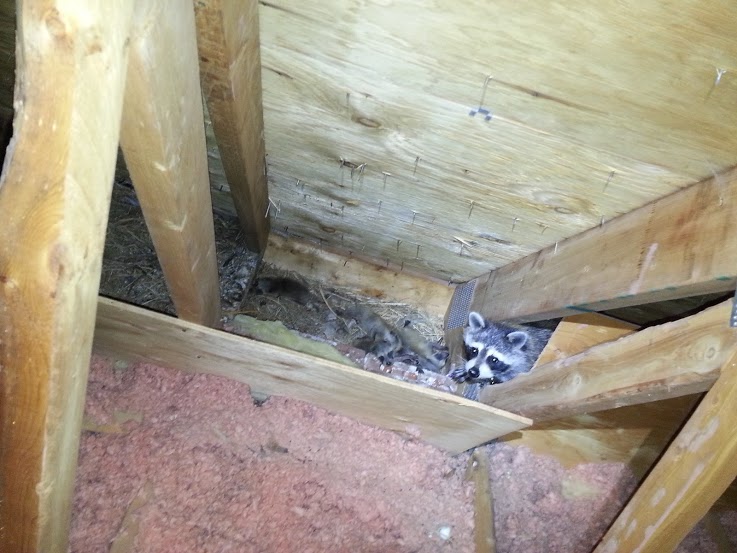All experts in wildlife control in Okanagan urge caution when observing or entering potential wildlife territory. Many homeowners do not realize that they enter potential habitats for many wild animals, including raccoons, every time they leave their homes.
A neighbourhood may not seem like an active and wild habitat, but many species make cities and suburbs permanent homes. Squirrels, birds, raccoons, possums, etc., are all wild animals, but they are also staples in the average neighbourhood, meaning they can fade into the background.
Seeing these animals as commonplace makes it easy for people to become complacent, even carefree around them. Unfortunately, while many neighbourhood animals are passive, they can become defensive and territorial.
Raccoons are typically meek-mannered, but they can attack, becoming aggressive and violent. Raccoon attacks are rare and often occur when a mother feels her babies are threatened. As a homeowner, you should avoid wild animals, but you should also be aware of the signals an attack is imminent, especially with larger species, like raccoons.
1. Body Language
Raccoons do not want to get into physical altercations. They prefer to avoid all threats and go about foraging and minding their own business. However, when threatened or frightened, a raccoon will try to scare off threats by posturing, making itself look bigger and scarier than it might be.
There are many body language queues that a raccoon is frightened and prepared to attack. The most common signals to predators or unintentional threats include:
- Elevated or thrashing tail
- Puffed up fur
- Ears flat
- Arched back
Besides the above, a frightened raccoon may begin jumping up and down. They attempt to look bigger and more threatening to fend off predators. Body language displays are often the last phase before attacking.
Suppose you come across a raccoon that begins displaying defensive postures; back away slowly. Give the animal plenty of room, ensuring it can escape safely without approaching you. If you see a raccoon on your property, especially if you see it many times, call raccoon removal, ensuring the safety of the animal and yourself.
2. Sounds
In many instances, you may hear a raccoon before you see it. The animal makes many distinctive and fierce noises. It can bark, hiss, growl, scream, or shriek. The growling is more guttural and often accompanied by posturing.
If you see the animal, it will probably combine body language displays with sounds and the prominent display of its teeth. Anytime you hear raccoon growls or see posturing, consider it a warning. The defensive display is its last chance to encourage you to walk away.
Please make no mistake; while a raccoon does not want to fight or attack, it will when it feels threatened. You do not want to be on the receiving end in that rare situation.
3. Attacking
Raccoons have two possible means of defence: their claws and teeth. If cornered, the animal will scratch and bite its way to freedom. Since raccoons are relatively large, they can inflict a lot of damage.
While people should use caution around the animal, they must also consider the threat to their pets. Cats and dogs are likely more at risk than people because of their naturally inquisitive nature.
Because raccoons can carry harmful bacteria and diseases, such as rabies, it is vital to visit an emergency room immediately following an attack. Additionally, if you or a pet are attacked, contact raccoon removal near me as soon as possible so the animal can be located and safely retrieved.
If you have noticed raccoons near your property, contact a wildlife specialist. Call Skedaddle Humane Wildlife Control to schedule a property assessment and learn if removal is necessary.



